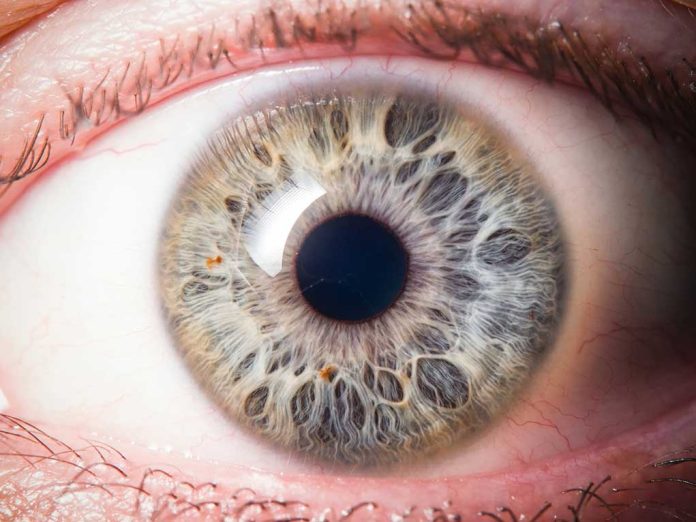
(DailyDig.com) – Two drugs prescribed for diabetes and weight loss increase the risk of stroke in the optic nerve. Wegovy and Ozempic include semaglutide, an active component that researchers warn could result in blindness.
A stroke, or nonarteritic anterior ischemic optic neuropathy (NAION) injury, causes a decrease in blood flow to the patient’s optic nerve. It is usually painless and sudden, with the loss of vision, usually in one eye, happening immediately, not progressively. Often, the patient is asleep, and upon waking, it is when they are aware of their blindness, according to Boston’s Brigham and Women’s Hospital’s article.
The four researchers based in Massachusetts published their study on July 3, stating that reports from users caused them to look into the issue. The study reveals that patients with type 2 diabetes (T2D) or those who solely use the two drugs for weight loss may experience NAION.
Davis Health at the University of California reported that Wegovy’s amount of semaglutide is higher than Ozempic’s. Wegovy was designed specifically for weight loss, while Ozempic was expressly for diabetes patients.
The researchers studied the data from 16,827 patients with no history of NAION seen by neuro-ophthalmologists between 12-1-2017 and 11-30-2023. The patients were on several different drugs and had a mixture of T2D and obesity diagnoses. The drugs varied between semaglutide and non-semaglutide, according to the study.
The researchers studied only the patients with T2D and obesity, as well as which drug they received, non-semaglutide or semaglutide. They concluded that patients using drugs that included semaglutide as an active ingredient were in increased danger of acquiring NAION.
The Journal of the American Medical Association published the study, and the researchers explicitly stated that their findings were merely observational. To ascertain whether the use of semaglutide is the cause of NAION, further research beyond their initial investigation is required.
An invited researcher noted in the July 3 study commentary that the NAION condition is rare, affecting only two to 10 people per 100,000 annually.
Copyright 2024, DailyDig.com













